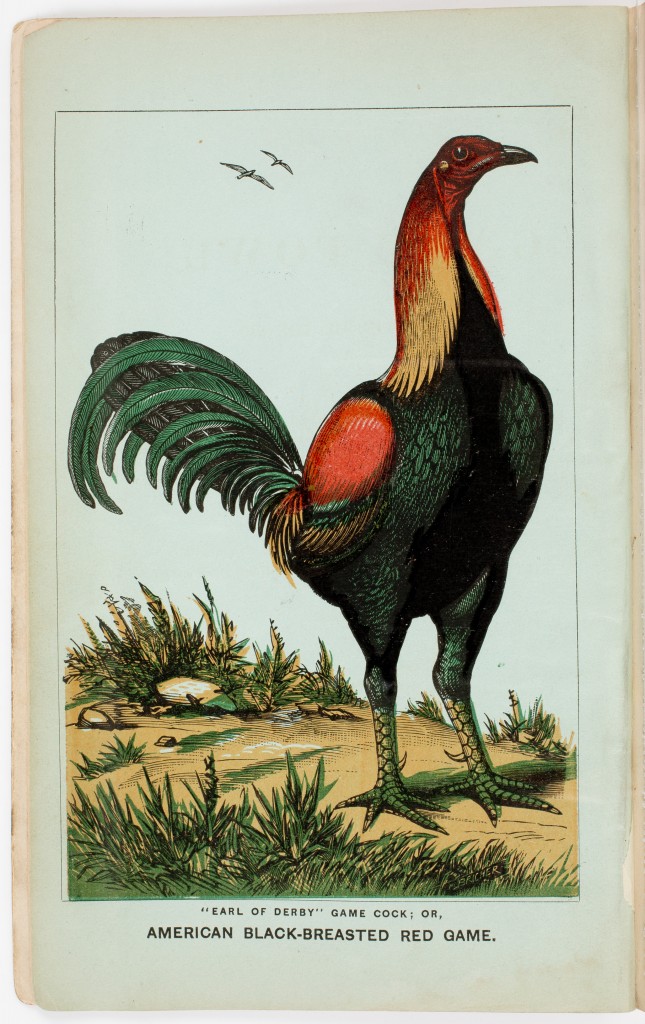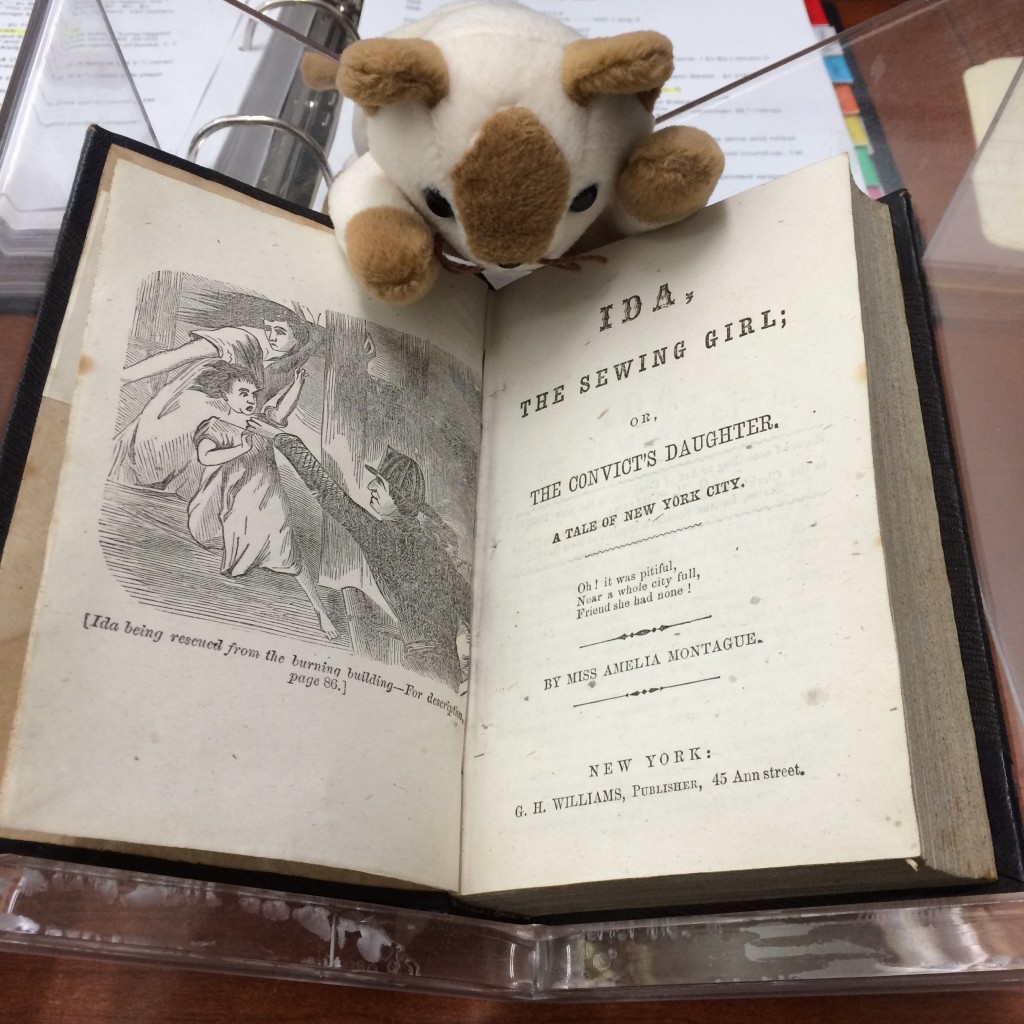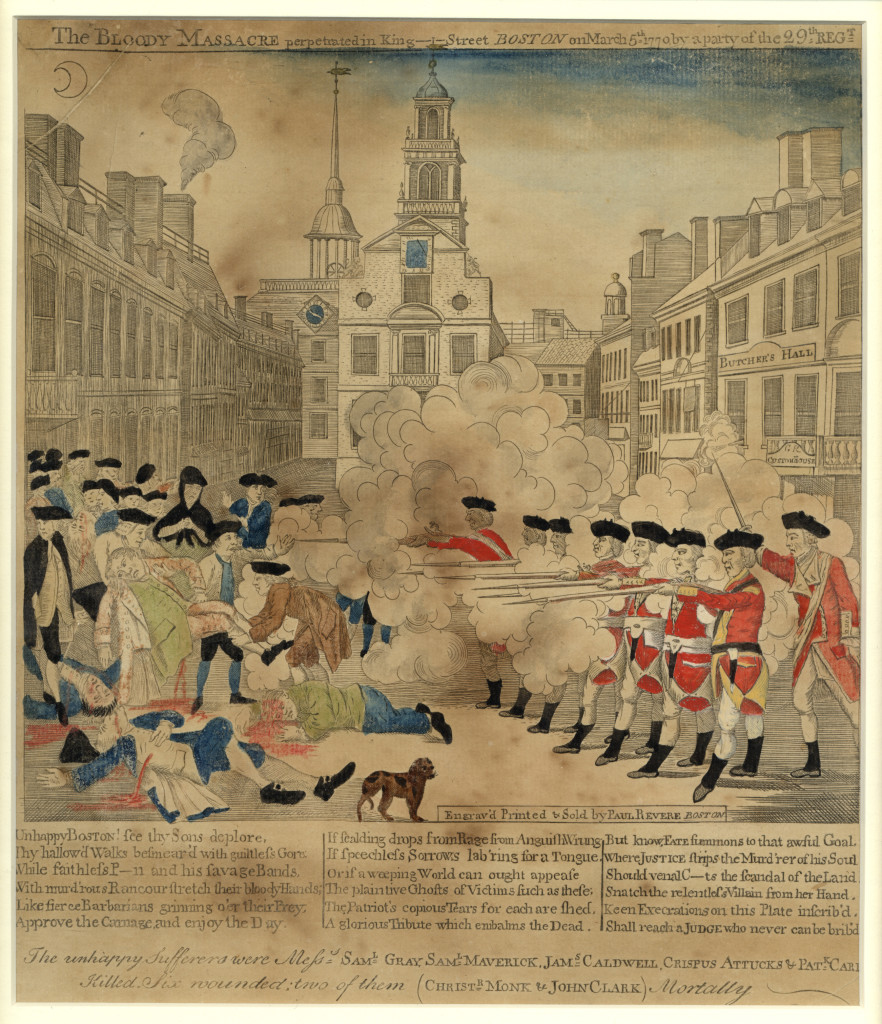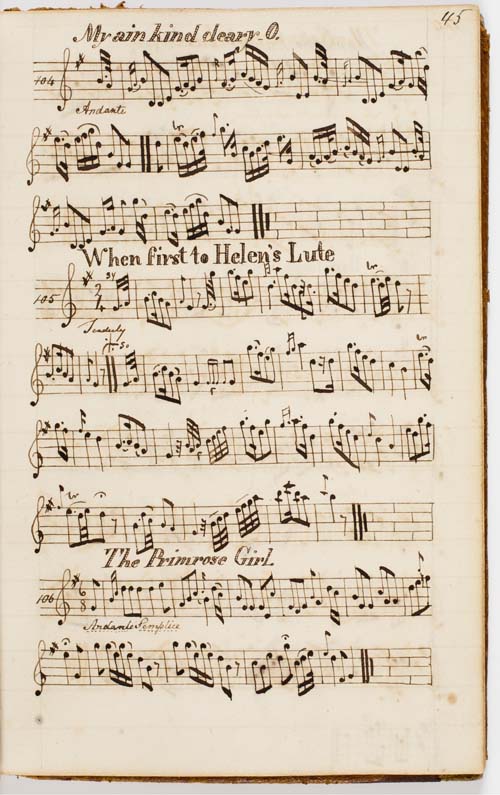
Burnham, Geo. P. The Game Fowl; for the Pit, or the Spit. Melrose, Mass.: [s.n.], 1877. The frontispiece portrait of the “Earl of Derby” game cock provides a striking starting point to this thorough, and early, survey of American game fowl and their culinary and pugilistic applications. The poultry advice book was copyrighted by George P. ...


!["The Improved and Illustrated Game of Dr. Busby." Salem, Mass.: Published by W. and S. B. Ives., [1843?].](https://pastispresent.org/wp-content/uploads/Dr.-Busby.jpg)

